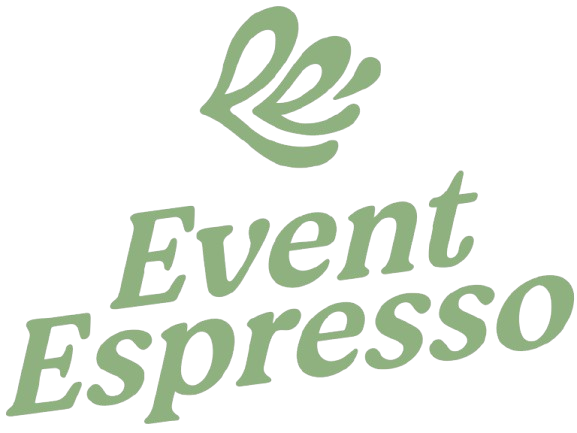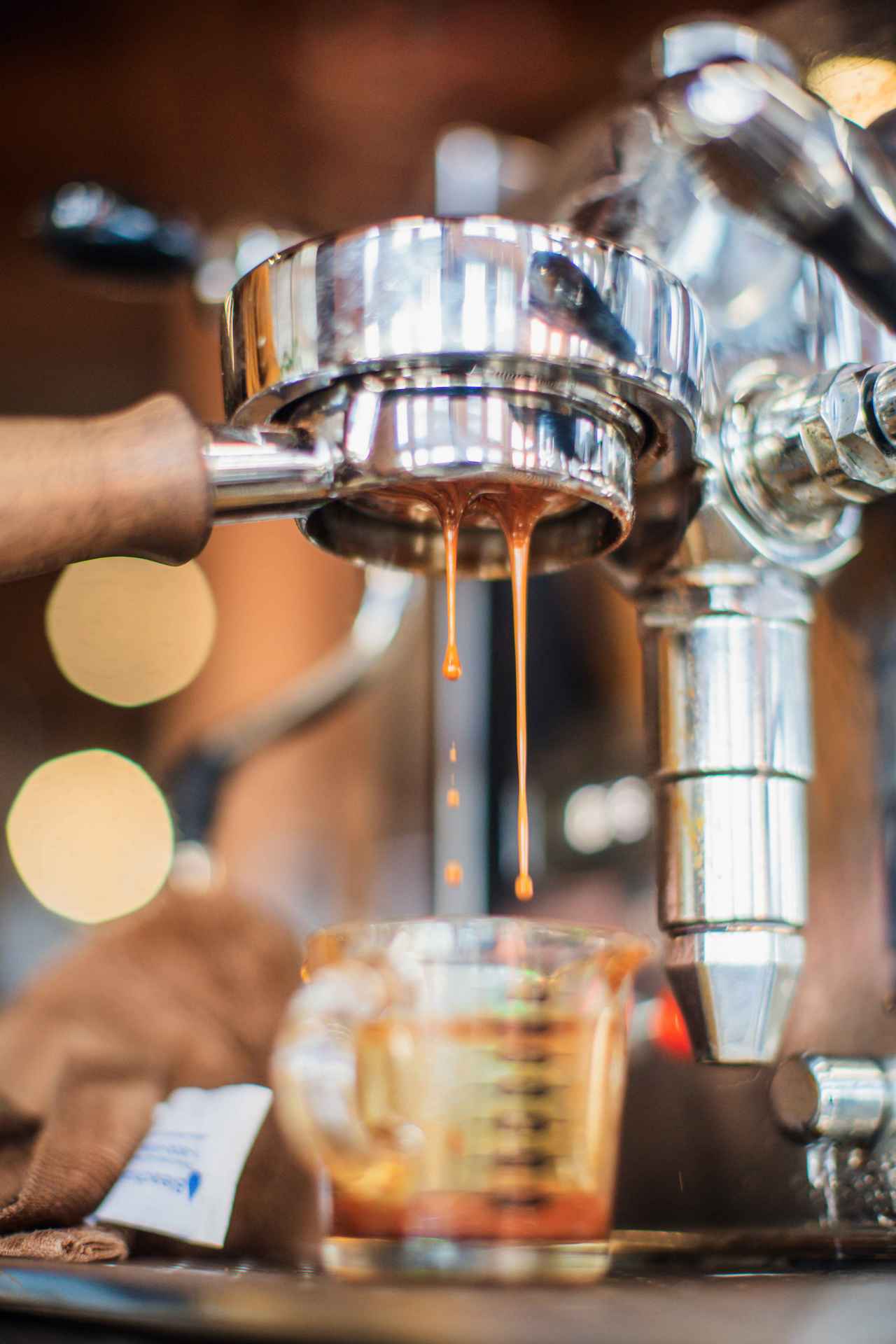Pulling a Shot of Espresso
During events I get asked questions all the time on how to help people with their at home coffee brewing methods. Questions like, how do I make latte art? How do I get a perfectly balanced shot? Is there a right way to brew coffee? All of these are wonderful questions, but none of them have short answers. To me coffee is one part science, one part art, and one part curiosity. Making the perfect espresso is about giving yourself time to play and taste, and wonder, and try again. So, you want to dial in on the perfect espresso, let me give you my long answer on how to do that.
There are best practices, but no best way, to brew coffee, since coffee is a very interpersonal process defined by your tastes. So let's define the parameters that make espresso flourish. You want to start with freshly roasted coffee, when purchasing coffee (especially from a grocery store) check the roast date. Unopened freshly roasted coffee can be preserved for close to a year, but once opened you have anywhere from a week to a month to consume your beans. Personally, I like no more than a two week window from when my beans were roasted and then I give myself another two weeks to brew them.
After freshly roasted coffee, the next thing you want to consider is how to grind your beans. There are almost as many grinders on the market as there are beans to roast, the main thing to consider with your grinder is that it has adjustable grind settings. Coffee can be ground from fine to coarse and the nuance of flavor from your brewing method comes from your grind size. If your grind is too coarse, your espresso shot will be watery, if your grind is too fine, oftentimes your machine won’t be able to pull water through the portafilter or your shot will be dark and thick.
Grind variability has a lot to do with the taste of your shot, and everyone has a different tongue. But lucky for you there are a couple of parameters you may or will want to follow: make sure your dose is roughly between 20-30 grams, make sure you apply 30 pounds of pressure to create your coffee puck, and make sure your puck is perfectly even in the portafilter. Your dose could be higher or lower depending on personal taste, but the last two parameters are crucial. Espresso is concentrated coffee, so applying that 30 pounds to create a puck ensures that you are pulling actual espresso from your espresso maker.
When considering what espresso maker you want to buy, make sure you get a machine that can comfortably sit between 195 to 205 degrees. This specific range in water temperature is crucial to making delicious espresso. The correct temperature of water ensures that the right level of extraction will take place with your puck. Water mixing with your puck, extracts espresso. If you use non-boiling water your coffee will taste weak due to underextraction, if your water is too hot, your coffee will taste burnt.
When I was being trained, my trainer told me the 30/30/30 rule: roughly 30 grams of ground beans, 30 pounds of pressure, and 30 seconds to extract your espresso. Then you have 30 seconds to drink the espresso hot or get the espresso mixed with steamed milk or hot water. 30 seconds is generally a good rule for extraction time, but like the dose of your grind, your extraction time could vary in the range of 20-30 seconds. It’s up to personal preference on how you like the taste. Generally, you want to extract 2 oz of liquid, crema included.
How can you tell if you have balanced espresso?
Use your senses to discern if you have a good shot. Your eyes can tell if the flow rate is even out of the portafilter, which is important to ensure your puck is receiving an even distribution of water for overall extraction. Your eyes will also be able to sense good crema, the velvety foam that sits on top of an espresso shot. If your crema is too thin or thick, often your shot will be overextracted or underextracted. Rely on your sense of taste, if a shot makes you pucker, or if you want to immediately spit it out, these are indicators that your espresso is too bitter, or possibly under extracted. If your tongue feels a heavy coat on it, your espresso shot is over extracted. Espresso should be balanced between bitter/sweet, rich, and smooth. And if your roast is fresh enough, oftentimes you will pick up on the notes from the coffee varietal.
Learning to dial in an espresso shot takes time, it takes learning the tools you have, and sometimes upgrading those tools. Balanced espresso takes learning which coffee roasts you like, and which notes you want to experience. Coffee requires play and experimentation, as well as, leaving yourself open to being surprised.

